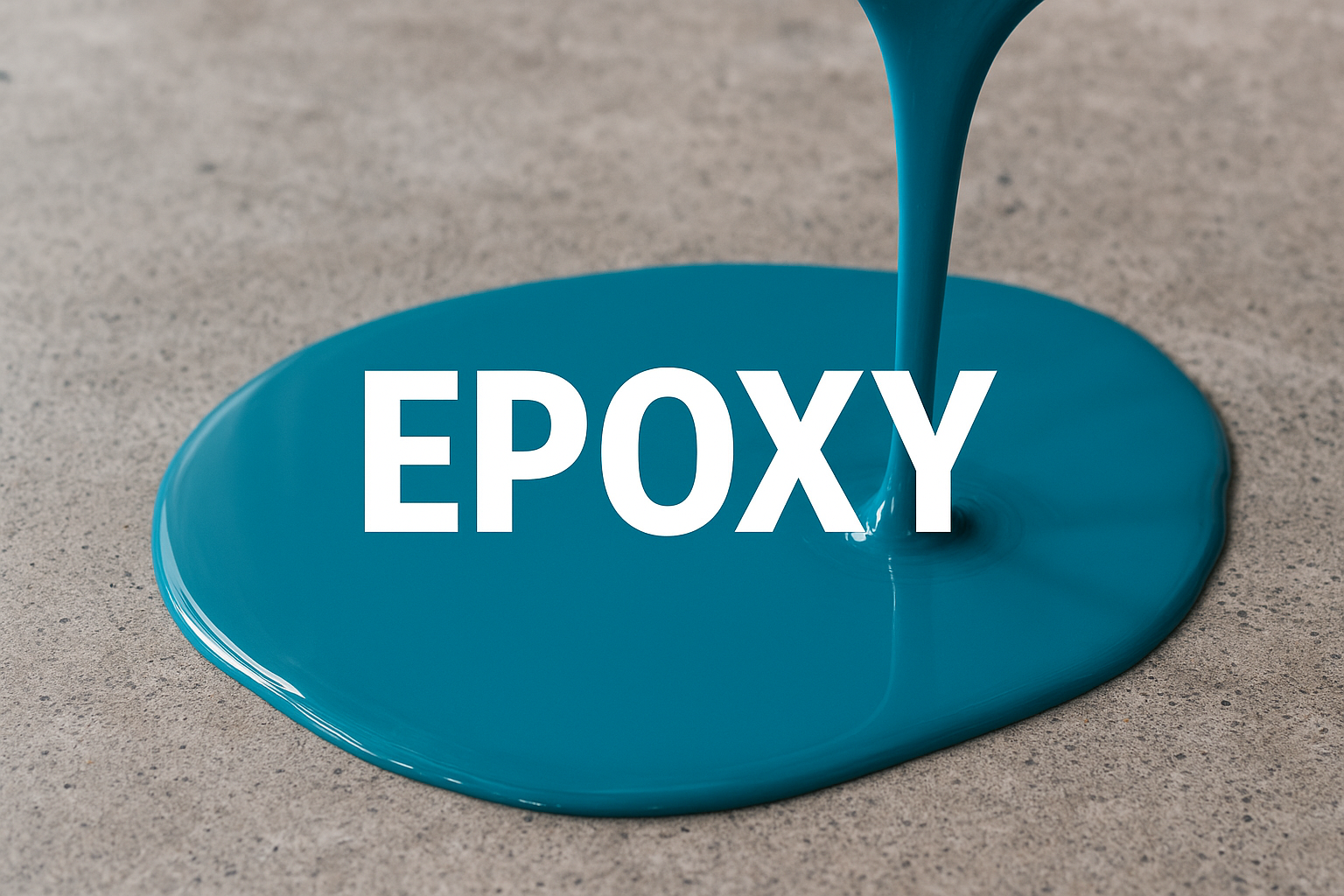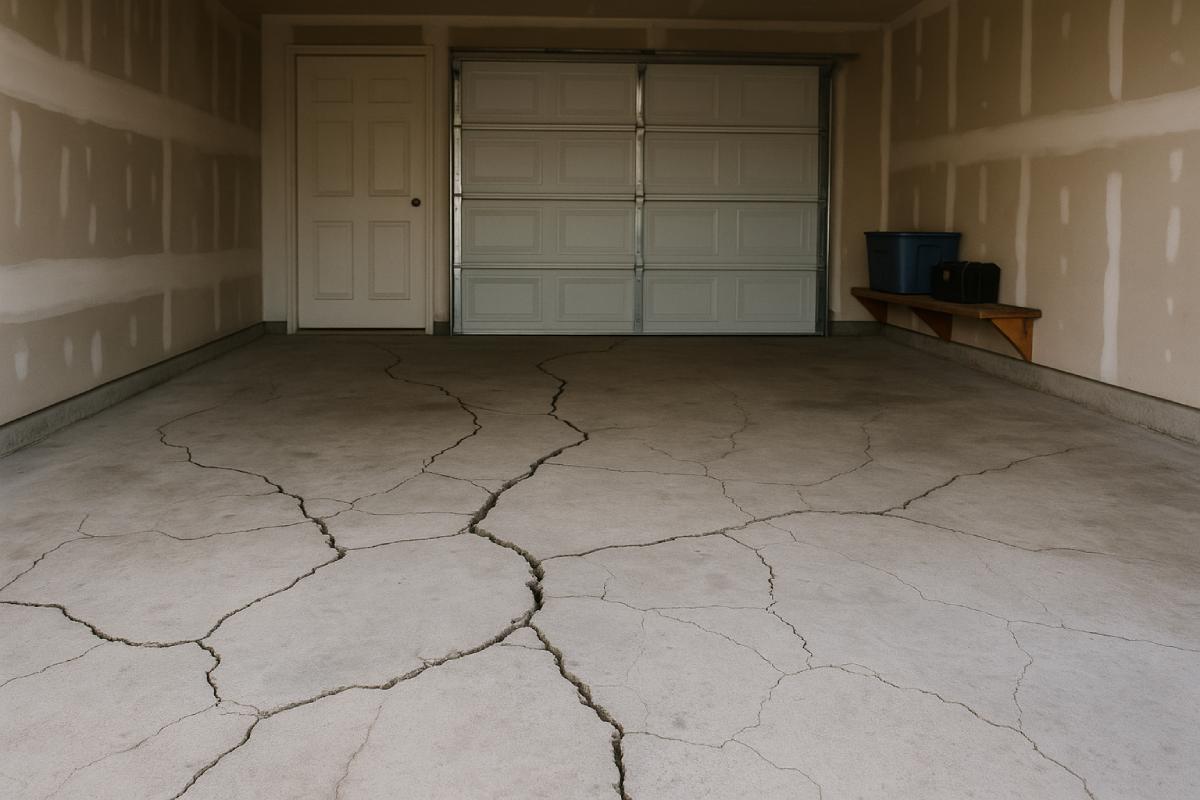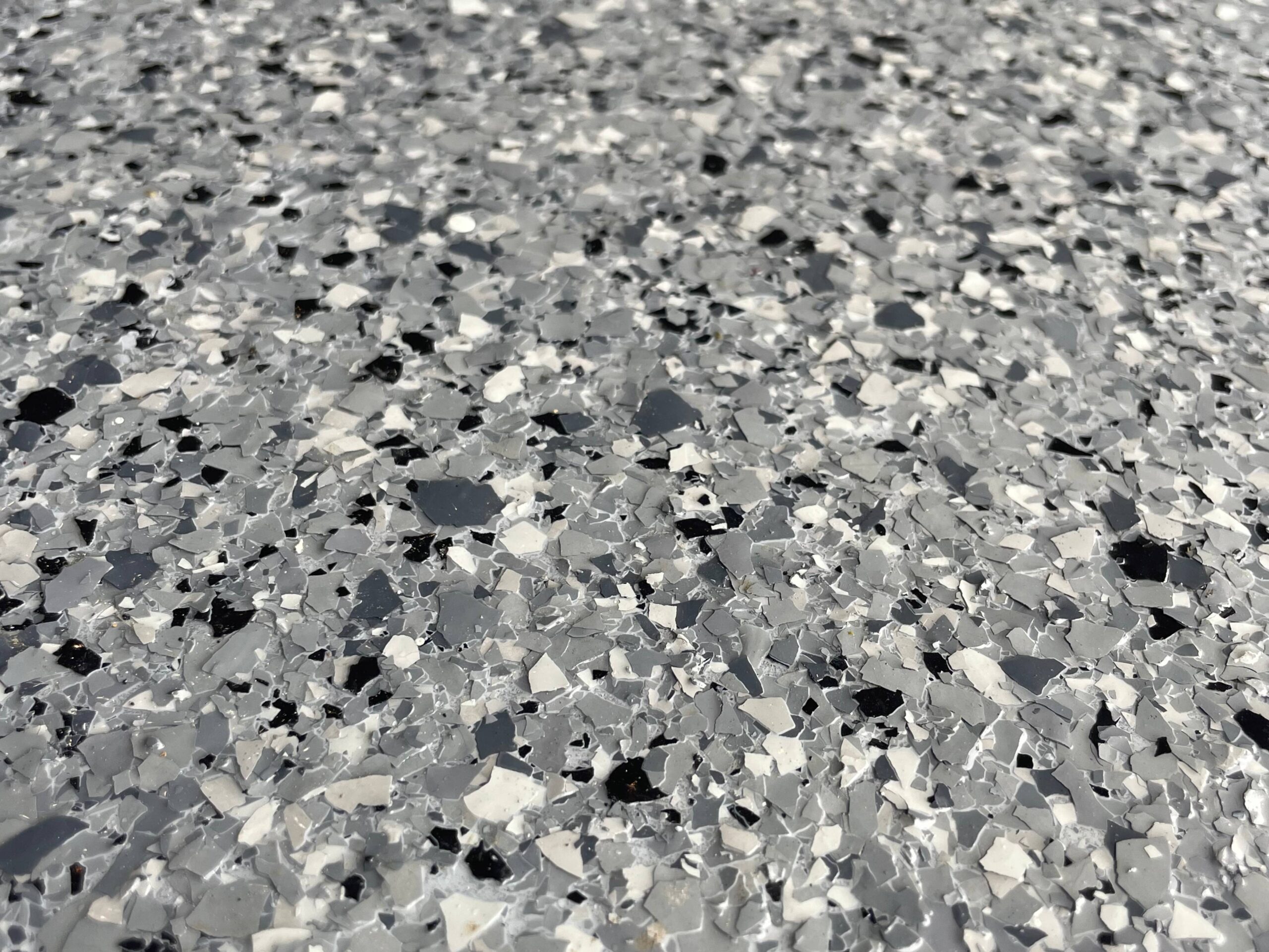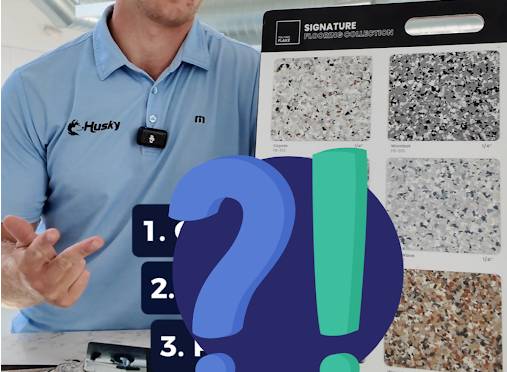
A new floor doesn’t just make your space look brand new — it also protects your concrete from wear, moisture, and chemicals, while increasing your home’s overall value.
But the first question most homeowners have is simple:
How much does it cost to resurface my garage floor?
In a 20′ x 20′ two car garage, you can expect to pay $2,400 to $3,200 for an epoxy coating. Thats $6-$8 per square foot in a 400 square foot garage.
The truth is that contractors can make it seem more confusing than it needs to be. The cost of resurfacing your garage floor comes down to three main factors:
- The coating type you choose
- The size of the area
- The amount of prep work needed
1. Coating Type
The physical appearance and functionality of your floor can vary drastically. This will determine what products you want to use.
Across the industry, nearly every professional uses clear polyaspartic topcoats. Using epoxy as a clear coat is a thing of the past — it tends to yellow or amber over time due to UV exposure and its chemical makeup. Polyaspartic finishes solve that issue while offering a stronger, longer-lasting seal.
Here’s a quick breakdown of the most common coatings:
- Epoxy: Durable, affordable, and widely used. It’s a great option for those looking for value, but it’s not as long-lasting as premium coatings.
- Polyurea: Extremely tough and flexible. It bonds tightly to concrete, handles temperature changes well, and resists chemicals — making it ideal for high-use spaces like garages or workshops.
- Polyaspartic: The premium option. It cures fast, won’t yellow from UV exposure, and provides excellent durability. It usually costs more upfront but lasts significantly longer with less maintenance.
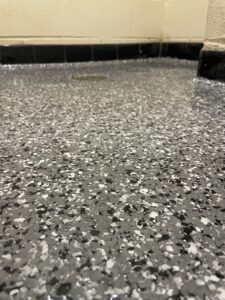
2. Size of the Area
Generally, the larger your space, the lower your cost per square foot. That’s because setup and material costs get spread out over more area.
For example, a small one-car garage may cost more per square foot than a large two-car garage, even if the overall price is lower — simply because the same prep and mixing time apply regardless of size.
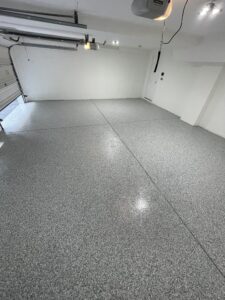
3. Surface Preparation
This is often the most important factor — and one that can make or break your project.
The longevity and appearance of your coating depend heavily on how well the concrete is prepared. Grinding the surface, repairing cracks or divots, and addressing moisture issues all take time, skill, and specialized equipment.
Depending on your floor’s condition, prep work can add $1–$4 per square foot to your project cost. However, this is an area where cutting corners can lead to premature failure, peeling, or bubbling — so it’s worth doing right the first time.
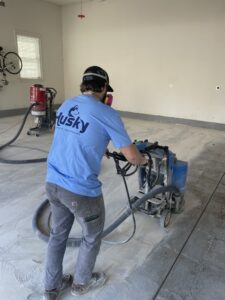
Hidden costs or additional considerations
Some factors can increase your project cost beyond the basic estimate:
- Moisture Issues: Concrete is naturally porous and can trap moisture beneath the surface. If your garage floor has excessive moisture, it can prevent coatings from adhering properly, leading to bubbling, peeling, or premature failure. In these cases, a moisture mitigation system may be required. This often includes applying a special primer or sealant that blocks moisture from rising through the concrete. While necessary for long-term durability, contractors typically include it in the primer coat.
- Leveling or Repairs: Most floors need basic cleaning and minor repairs, but some garages have significant cracks, divots, or uneven areas that require extra work. Large cracks must be filled, low spots leveled with self-leveling compounds, and high spots ground down. This additional labor ensures your coating adheres smoothly and looks flawless but can increase costs depending on the size and severity of the repairs. It is important to note that leveling and repairs should be assessed by a professional to get an accurate quote.
- Upgrades: Metallic finishes or custom colors are optional but add to the price.
Key Takeaway
When budgeting your project, remember that the cheapest option upfront isn’t always the best long-term value. A properly prepped surface with a high-quality coating will not only look better but will also protect your investment for years to come.
If you’d like to get a personalized estimate for your garage, we can help. Send us your dimensions and a few photos of your floor — and we’ll provide a detailed quote that explains exactly what’s included and why.
continue reading

